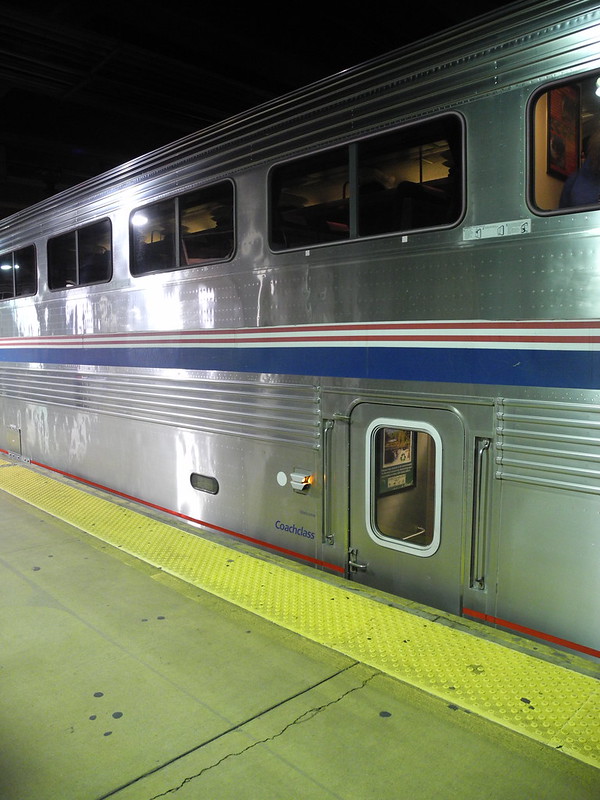- Joined
- Oct 2, 2018
- Messages
- 124
Can you all educate me on boarding heights?
What is the boarding height of a Superliner, Amfleet/Horizon, Viewliner, Acela, Venture?
Are platforms either raised (what height) or ground level, or are there additional platform heights beyond those two?
My experience with Superliners is that raised platforms mean level boarding, and ground level platforms require a step stool.
I similarly recall that Amfleet/Horizon equipment requires a step stool plus vestibule steps for ground level platforms, but only vestibule steps for raised platforms.
What is the boarding height of a Superliner, Amfleet/Horizon, Viewliner, Acela, Venture?
Are platforms either raised (what height) or ground level, or are there additional platform heights beyond those two?
My experience with Superliners is that raised platforms mean level boarding, and ground level platforms require a step stool.
I similarly recall that Amfleet/Horizon equipment requires a step stool plus vestibule steps for ground level platforms, but only vestibule steps for raised platforms.






















































 No High-Platforms
No High-Platforms